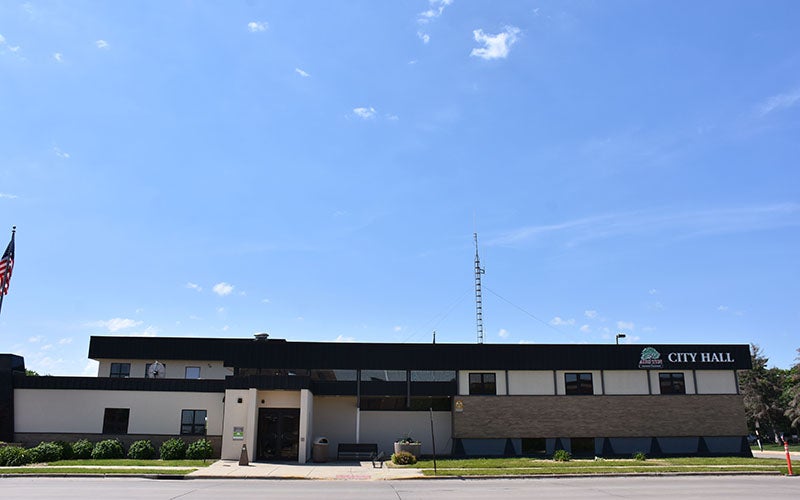Minn. schools districts turn to building design for security
Published 8:36 am Friday, February 23, 2018
By Faiza Mahamud
Star Tribune
Specialized glass to slow down a shooter. Panic buzzers. Electronic locks and high tech cameras.
Enhanced security features have become an urgent priority for Minnesota schools coping with the ongoing threat of mass shootings in their buildings.
Just yesterday, Orono schools were locked down for hours with students hiding in their classrooms, after police learned of threats on social media that a shooting would happen at noon that day. Police arrested one unarmed Orono student at the school, pending felony charges of making terroristic threats.
The lockdown in Orono happened just a week after a school shooting in Florida which claimed 17 lives. In response to that shooting and others nationally, a growing number of Minnesota school districts are investing in new ways to design school buildings to make them safer for students and staff members. School leaders say they’re constantly learning from new mass shootings and adapting to evolving safety concerns.
“Everything we do, we’re trying to study one step ahead of the bad guys,” said Rick Kaufman, executive director of community relations and emergency management coordinator for Bloomington Public Schools — who was also among the first on the scene to render aid to victims during the Columbine High School shooting in 1999.
The Columbine tragedy, along with school shootings closer to home at Rocori High School in Cold Spring, Minn. and at Red Lake High School, have prompted school districts to adopt a national standard for building design known as the Crime Prevention Through Environmental Design (CPTED). The approach seeks to deter crimes by designing safer buildings, inside and out.
Wold Architects and Engineers in St. Paul works with 50 school districts around Minnesota and is now using CPTED elements in their designs to tighten and improve security. Paul Aplikowski, an architect and partner at Wold, said his team works closely with first responders, parents and school safety officials to develop a management plan supported by the structure of a building.
Features like expanded cameras, and wired doors have also become universal. These types of surveillance features, Aplikowski says, make it easier for first responders and school officials to monitor what’s happening inside schools from the outside.
Distributed by Tribune Content Agency, LLC.





